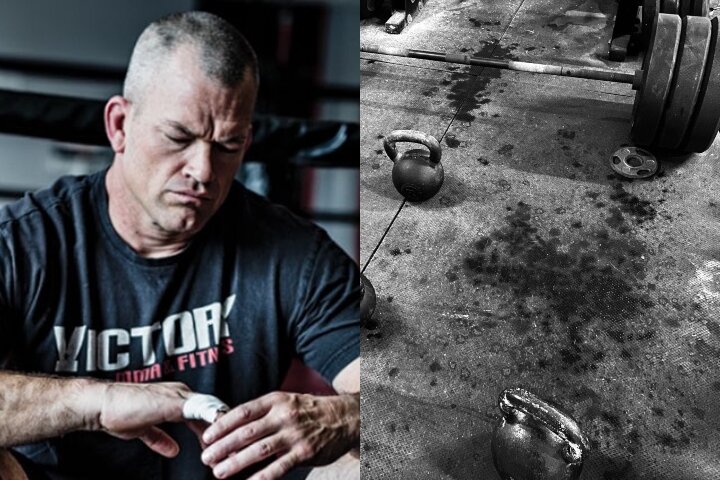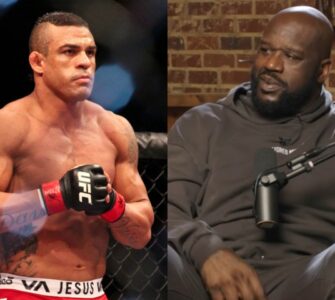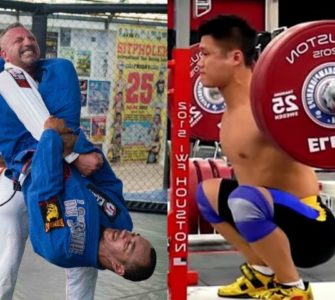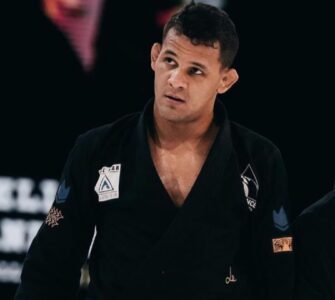As an older grappler, the best type of lifting focuses on promoting overall strength, joint health, and functional mobility, while minimizing the risk of injury. Here are some key lifting strategies and types of exercises that are generally well-suited for older grapplers:
Compound Movements: Exercises like squats, deadlifts, and bench presses work multiple muscle groups simultaneously. They are efficient and effective for building functional strength relevant to grappling.
Controlled Resistance Training: Emphasize controlled movements, especially with free weights. This improves stability and balance, which are crucial for grappling and overall joint health.
Bodyweight Exercises: Incorporate bodyweight exercises like push-ups, pull-ups, and dips. These exercises help in building functional strength and are less taxing on the joints.
Kettlebell Training: Kettlebells are excellent for building grip strength, core stability, and functional movement patterns, all of which are valuable for grappling.
Circuit Training: Circuit training can be effective for building endurance and strength simultaneously. Ensure the circuit includes a mix of strength, cardio, and flexibility exercises.
Low-Impact Cardio: To maintain cardiovascular health without stressing the joints, consider low-impact cardio like rowing, swimming, or cycling.
Flexibility and Mobility Work: Incorporating yoga or Pilates can improve flexibility and mobility, which are essential for grappling and reducing the risk of injury.
Moderate Intensity and Volume: Avoid extremely heavy lifts and high-volume training sessions. Focus on moderate intensity and volume to challenge the muscles without overstraining.
Consistent Core Training: Strengthening the core is vital for grappling. Exercises like planks, Russian twists, and leg raises help in building a strong and stable core.
Listen to Your Body: Perhaps most importantly, pay attention to your body’s signals. If a certain exercise causes discomfort or pain, modify or avoid it.
Recovery and Rest: Ensure adequate rest and recovery. As we age, the body takes longer to recover from intense physical activity, making rest an integral part of the training process.
Consult a Professional: Before starting any new exercise regimen, especially if you’re an older athlete, it’s wise to consult with a fitness professional or physical therapist. They can tailor a program to your specific needs and help ensure you’re lifting safely and effectively.
Remember, the goal is to support your grappling with strength and conditioning, not to detract from it with injury or overtraining. A balanced, well-thought-out lifting program can be a powerful tool for older grapplers.


















